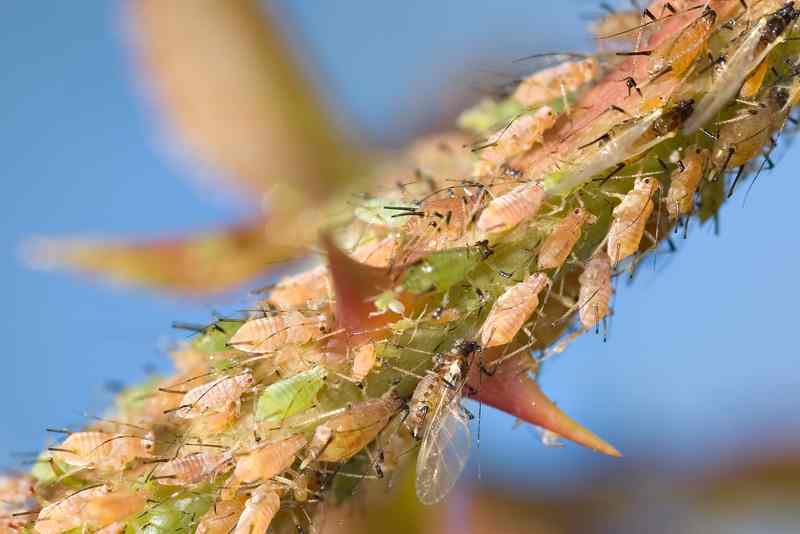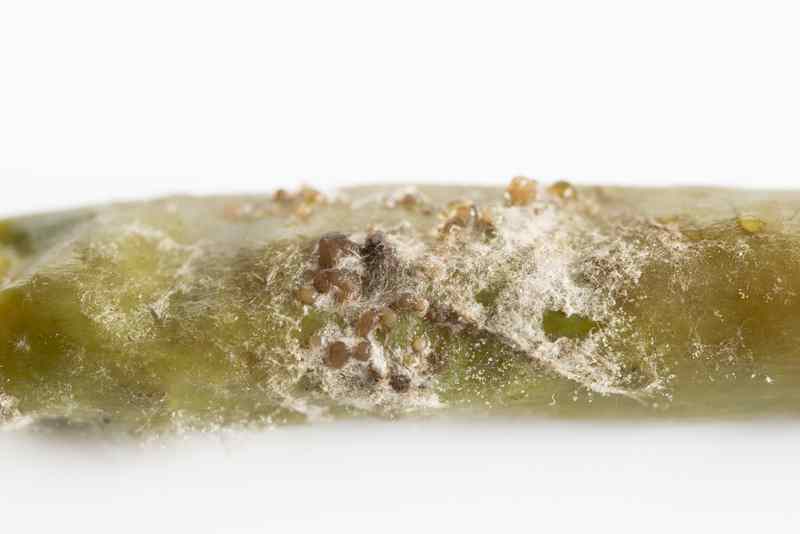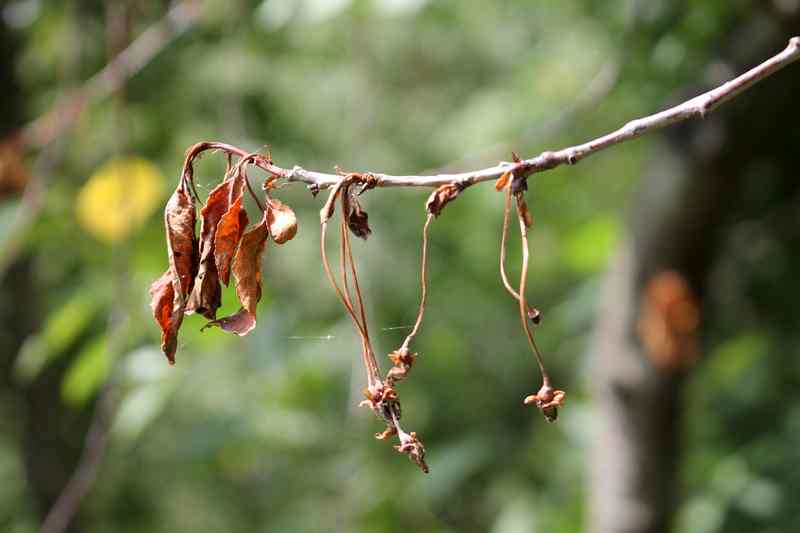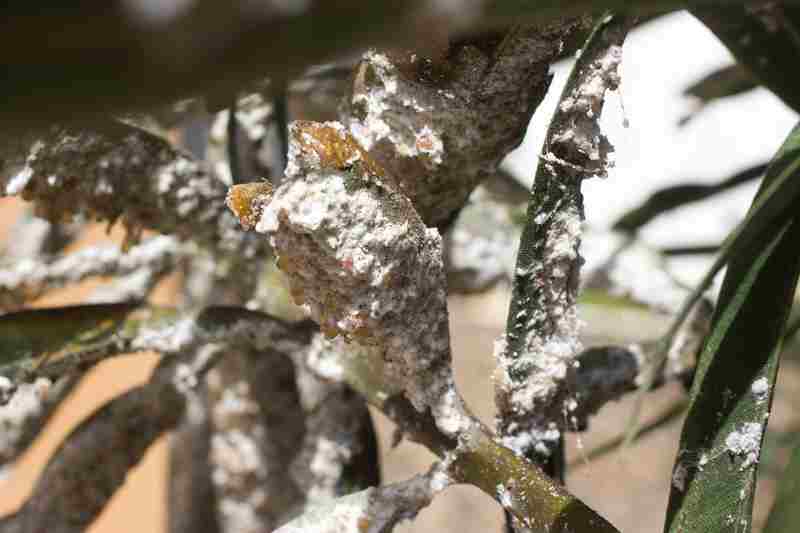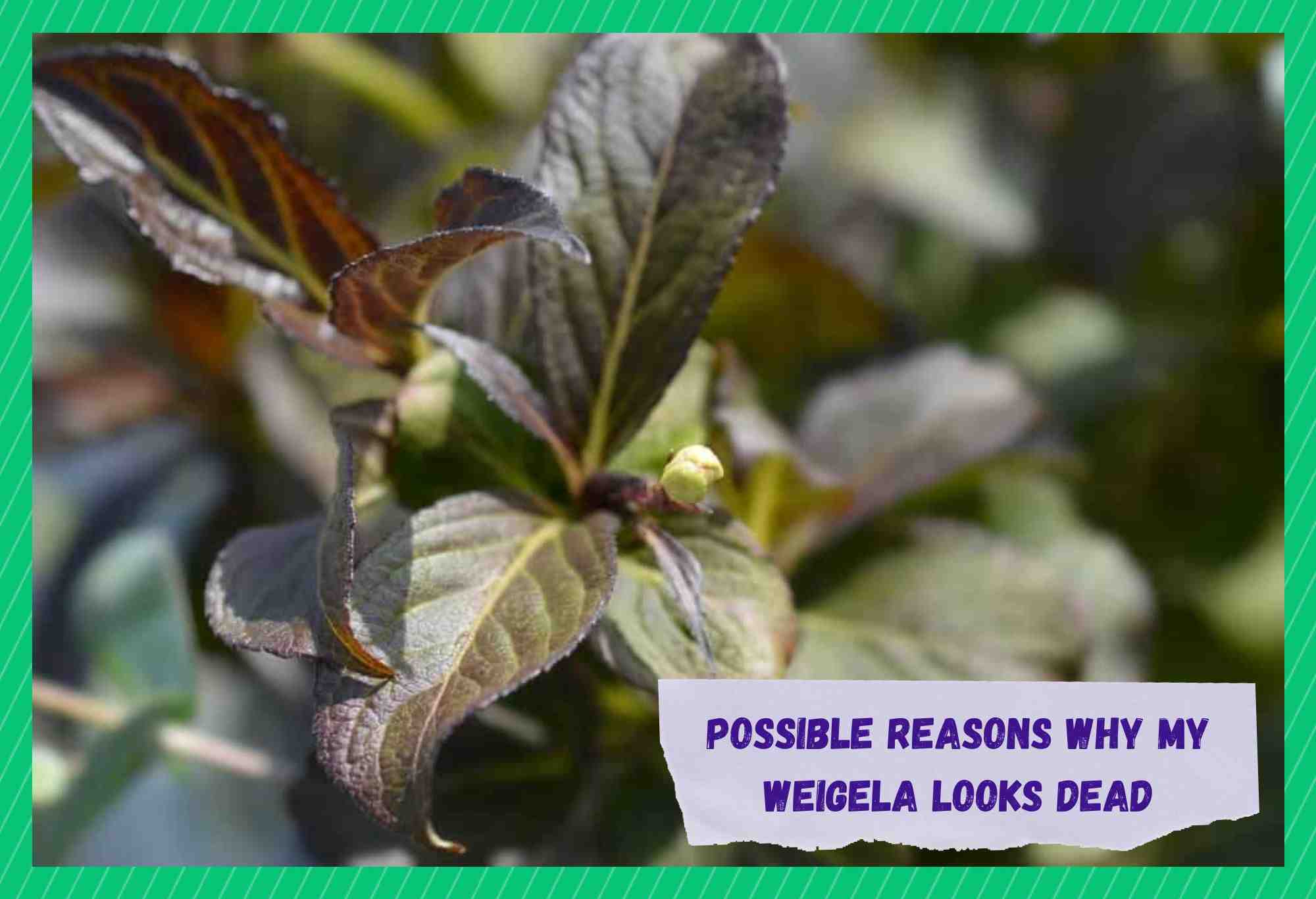
Weigelas are a gorgeous choice for your yard. Their majestic foliage and flowers make them a stunning addition to your yard. They need little maintenance besides pruning and watering once in a while.
They attract hummingbirds and butterflies and look spectacular in containers, making them a good choice for the home garden or patio.
Weigela thrives in moderately acidic to slightly alkaline soil. The soil should be moist but well-draining. Waterlogged soil can choke the roots and cause the weigela to look dead. Weigela is generally pest and disease-free, but there are a few common problems you might face with the weigela plant.
Possible Reasons Why My Weigela Looks Dead
If your weigela looks dead, there are several reasons for this problem. It could be weather, watering, pruning, Twig Blight, Mealybug infestation, or even aphids. Weigelas are hardy, so they can tolerate colder temperatures.
However, if their leaves turn grey and fall off, they might suffer from the weather. Also, waterlogged soil can choke the roots, reducing their glamour. Let’s take a look at these problems one by one:
1. Weather & Watering
Weigela requires moderate watering. During the dry summer, watering should be moderate. After the plant has finished growing, it can be sprayed with a rooting stimulant to stimulate new growth. It helps clear off the dust leaves and increases humidity in the air.
Weather & watering are two main reasons for a weigela’s decline. The best way to prevent weigelas from looking dead is to give them the right amount of sunlight they need to thrive.
They should flourish in any garden by providing 8 hours of direct sun a day. While they can tolerate some afternoon shade, you should avoid planting them in full shade as they won’t bloom properly in a full-shade environment.
If you’re concerned about watering, you can check the moisture content of the soil around weigela. A wet plant’s leaves usually indicate that the soil is not dry enough. If you’re concerned about the quality of your soil, you can add compost to it to improve the drainage in your soil.
Overwatering can cause fungal disease and cause root rot. If your weigela’s leaves are turning brown, water them early in the morning. Watering early in the day will help them dry out before a hot day.
Another cause of the dead leaves on a weigela is overwatering. It is important to keep the soil wet only about an inch below the surface. Too much moisture can cause fungal diseases and root rot.
To improve the soil’s drainage, try composting and adding organic matter to the soil. When the soil is too wet, it will be susceptible to Twig Blight and eventually die.
2. Aphids
In addition to water and weather problems, your weigela may suffer from aphids. These tiny, translucent insects burrow into the roots and slowly kill off the weigela’s root system. They also stunt growth and sap the plant’s vigor. Infected leaves turn reddish yellow and struggle to form new roots above infested areas.
You can identify them by the honeydew they leave on the leaves. You can swab the affected leaves with rubbing alcohol if you see these insects. Ladybugs and wasps are natural predators of aphids and can control this problem.
3. Botrytis
There are several reasons why a weigela might look dead. This plant may have been affected by a fungal disease called gray mold. The pathogen, Botrytis cinerea, attacks the stems and leaves of weigelas. It gradually kills the plant’s roots, stunting its growth and reducing its vigor.
The affected weigela will lose leaves, turn yellow, and curl inward. You can cut off infected leaves and spray them with an alcohol-based disinfectant to cure this problem. If you cannot remove the affected parts, you can use household disinfectants like bleach and water. Fertilizer also encourages new growth.
4. Pruning the Weigela
Weigelas are highly adaptable plants that thrive in a wide range of climates. However, you may need to adjust its care in a harsh climate. Weigela is hardy in colder climates but will suffer frostbite on their tender tips.
While this damage isn’t harmful to the plant, it can affect the shrub’s appearance, so it’s important to prune your plant as soon as you notice it. This will give it a better look.
Weigela cuttings should be thinned to reduce the risk of suffocation. Ideally, you should plant cuttings in the spring and summer as these have better survival rates. When pruning the weigela, it is important to cut back the dead branches before the plants begin to flower.
Weigela pruning should be done annually in the spring. You should be careful to remove frozen twigs and other bush parts.
Cold temperatures and frost damage can cause your weigela to look dead. However, it is possible to bring it back to life after pruning. Pruning a weigela can keep it small and beautiful depending on the climate zone. If pruning is not done correctly, it could permanently damage the plant.
5. Twig Blight
If you notice that weigela looks unhealthy and has no flowers, the problem could be twig blight. This fungal disease is caused by the pathogen Botrytis cinerea, attacking weigela leaves and stems. It is most commonly found on flower petals and causes brown, dried-out leaves.
You’re not alone if you’re worried about twig blight on weigela. This common disease can cause weigela to die, but there are ways to deal with it to save the plant. However, it’s unlikely to be infected if it’s already five years old.
Removing the affected plants is effective when symptoms first appear. Moreover, aeration helps keep the soil healthy.
In addition to removing the affected plants, you can apply copper or lime-sulfur-based fungicides to combat the fungus. These should be applied to the plant’s twigs and stems during periods of wind and rain.
The fungicides should penetrate the plant’s roots, and the infected twigs and canes should be discarded in the trash. As long as it is healthy and doesn’t have any major diseases, it should bounce back nicely.
6. Mealybug Infestation
If you’ve noticed your weigela plant has a severe Mealybug infestation, the first step in containing the problem is to get rid of the affected plants. Mealybugs are small, wax-covered insects that feed on plant sap. A mealybug infestation is usually easy to identify by its distinctive appearance.
The insects feed on the sap of the leaves of the weigela plant. The yellowish-green body and black wings are tell-tale signs. Honeydew is a sign of aphid infestation. The insects also cause the plant to turn brown. Weigelas are susceptible to mealybugs, so early treatment is recommended.
Using a mealybug spray like Prothor is most effective at the earliest signs of infection. Using this method regularly will eliminate the mealybugs from the weigela. However, you may need to repeat this treatment until you do not notice any more of them.
Weigela is a common target for the Comstock mealybug. These soft-bodied insects cling to plant leaves in clusters. As they feed on plant sap, mealybugs weaken the plant.
Large infestations can stunt growth and cause premature leaf fall. Spraying horticulture oil on weigela trees and shrubs in late winter helps control mealybug populations. It also helps to protect against the disease by killing off overwintering eggs.
When a Mealybug infestation occurs, you should treat the affected area immediately. The infection may take weeks to become visible. A professional can also advise you on the best approach to take.
You can cut the affected plants and prune out the damaged portions if you’re not a gardener. Afterward, wipe them with warm soapy water to kill the mealy eggs.
Summing up:
Weigela plants are popular in gardens and parks. Not only are they beautiful to look at, but they also add a majestic touch to the surrounding areas.
If you are considering adding them to your garden, read the problems mentioned above and their solutions to avoid any problems. These are just a few things you can do to ensure that weigela grows successfully.


